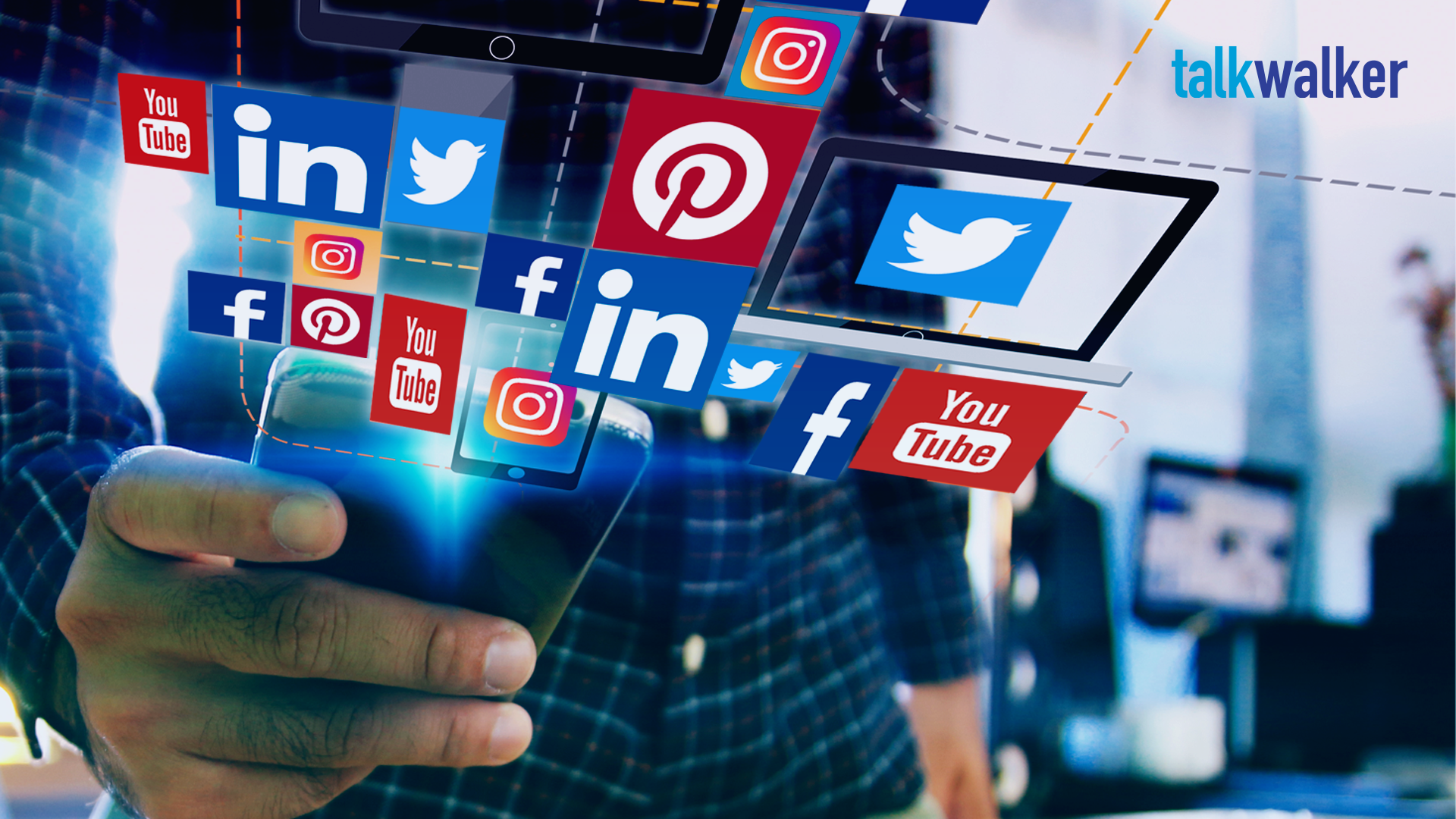With the rise of coronavirus cases globally, it has greatly impacted the lives of billions of people in many ways. Before the pandemic, we often felt forced to wake up hours before our work shift/classes started in order to make it there on time and look presentable. COVID forced us to put our lives on a temporary pause with the shift to online for schools and various organizations/companies. From the comfort of our houses (and for some, their beds), we are able to attend classes, take exams, go to work, and communicate with our loved ones. While this initially sounded great to many, people quickly began to realize the many negative effects COVID has had on us – the most important one being our loss of connections to our friends and family.
The loss of our typical communication methods to our loved ones, no doubt, has had negative effects for many as some people prefer physical, face-to-face communication as opposed to virtual communication, making many feel even more isolated during this difficult time. Additionally, it, unfortunately, comes as no surprise that many have experienced some form of grief due to this pandemic. Many have been impacted by the loss of loved ones, been forced to see their loved ones suffer through something that is so unknown to ourselves, or has been grief-stricken by the loss of many notable figures. As if the grief and loneliness that resulted from the pandemic weren’t enough, the added stress of transitioning traditionally in-person activities to online and doing it well was something that overwhelmed many (and still does!).
Due to the increased sense of loneliness that this pandemic brought about in many individuals, people have tried to find new ways of communication that best suited their needs and often found this in various social media applications such as Instagram, Twitter, Tiktok, Facebook, and more. This, of course, has many positive and negative effects on us. To begin, the most obvious benefit that arises from the use of social media is the ability to stay connected with friends and family. Many other benefits include being able to share ideas/information, sharing pictures/memories, increased opportunities to aid the community (charity/volunteering), fostering creativity, furthering innovation through sharing/developing artistic endeavors, and supporting one’s identity and social skills. With all the benefits that arise, there are also many negative effects that come along with the use of social media, especially in the adolescent population. To begin, there is an increased risk of bullying and harassment (online). Furthermore, there is this phenomenon that occurs, commonly known as “Facebook depression,” which is defined as when teens/preteens spend a lot of time on social media and then start to display symptoms of classical depression. Oftentimes, this translates to adolescents turning to risky websites that may promote dangerous/destructive behaviors (O’Keeffe et al., 2011).
Being young adults ourselves, we are interested in exploring the relationship between social media usage, the pandemic, and overall mental wellbeing. Knowing both the positive and negative effects of social media utilization in adolescents, we are especially interested in seeing how the increased use of social media during the pandemic has impacted mental health. For this reason, our blog posts will discuss the shifts in attitudes towards social media, the impact COVID has had on relationships, the negative and positive effects of social media, the relationship between isolation and social media, and how social media has provided aid to many during this challenging time.



